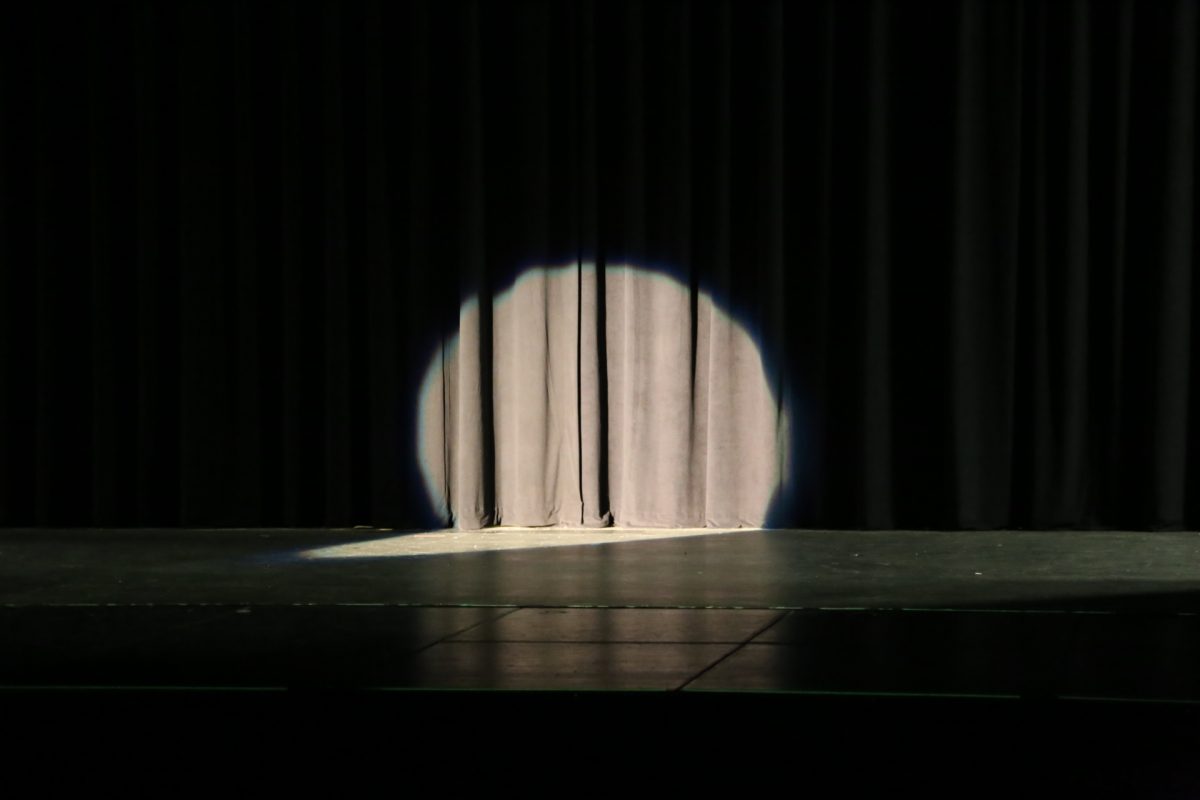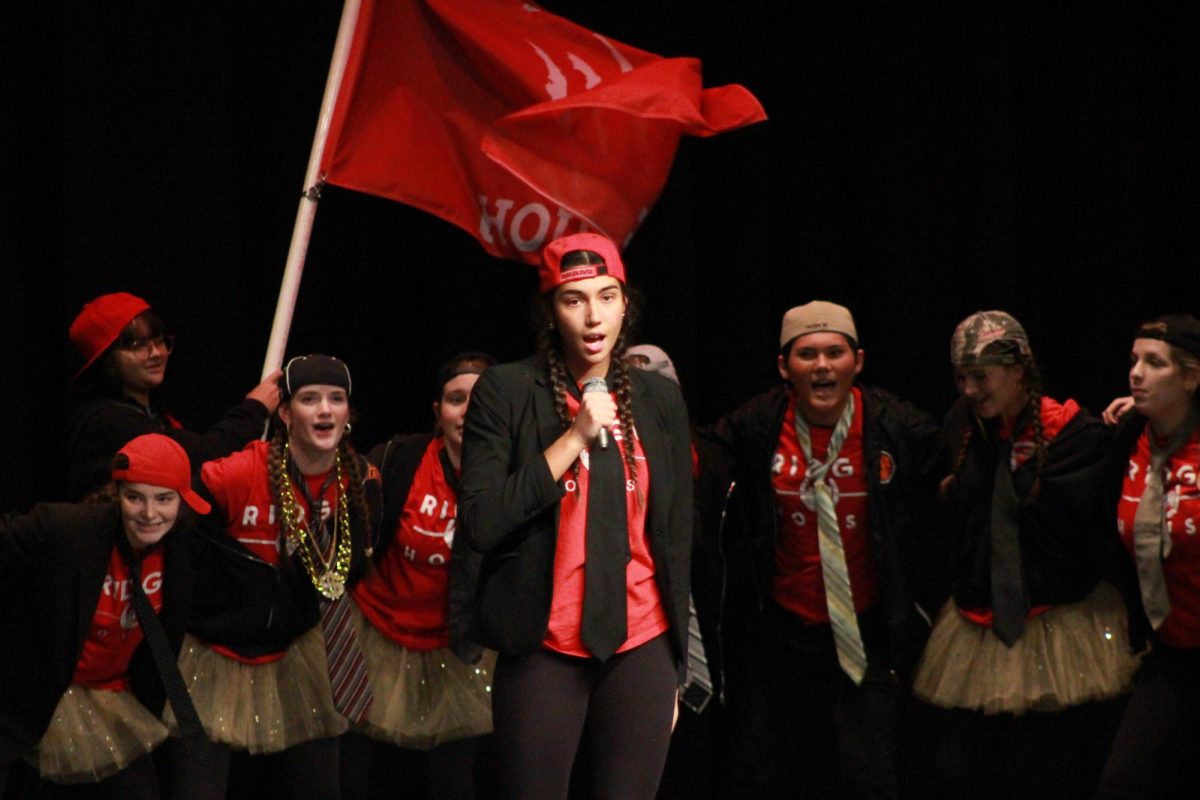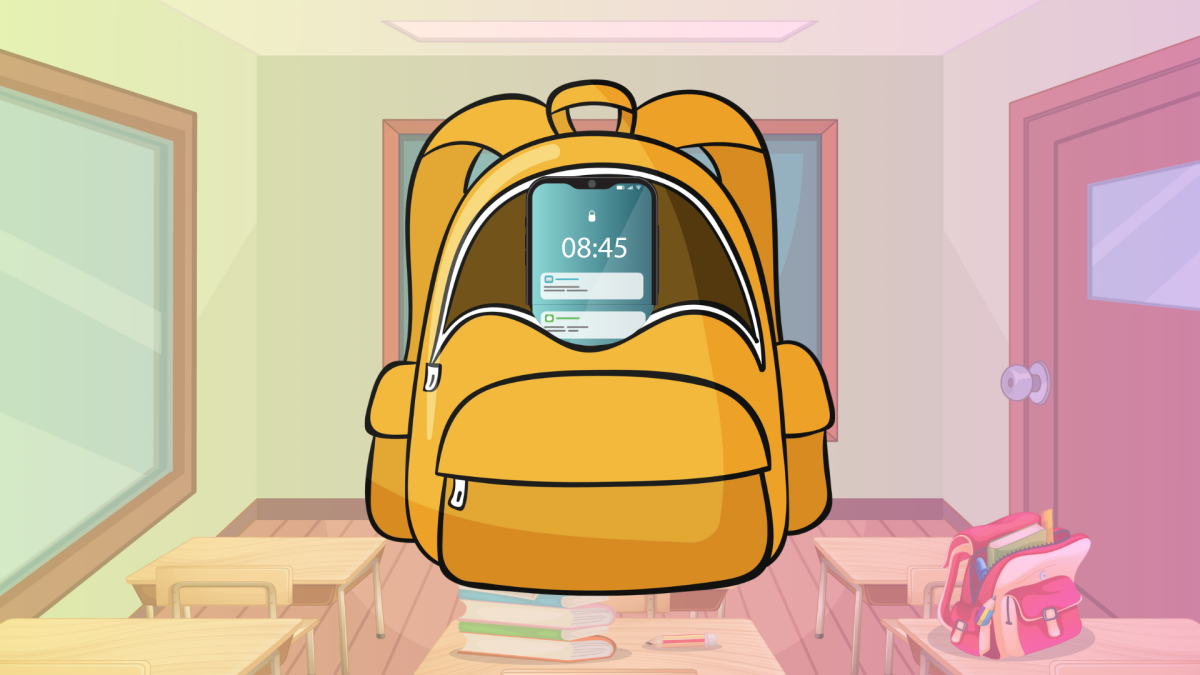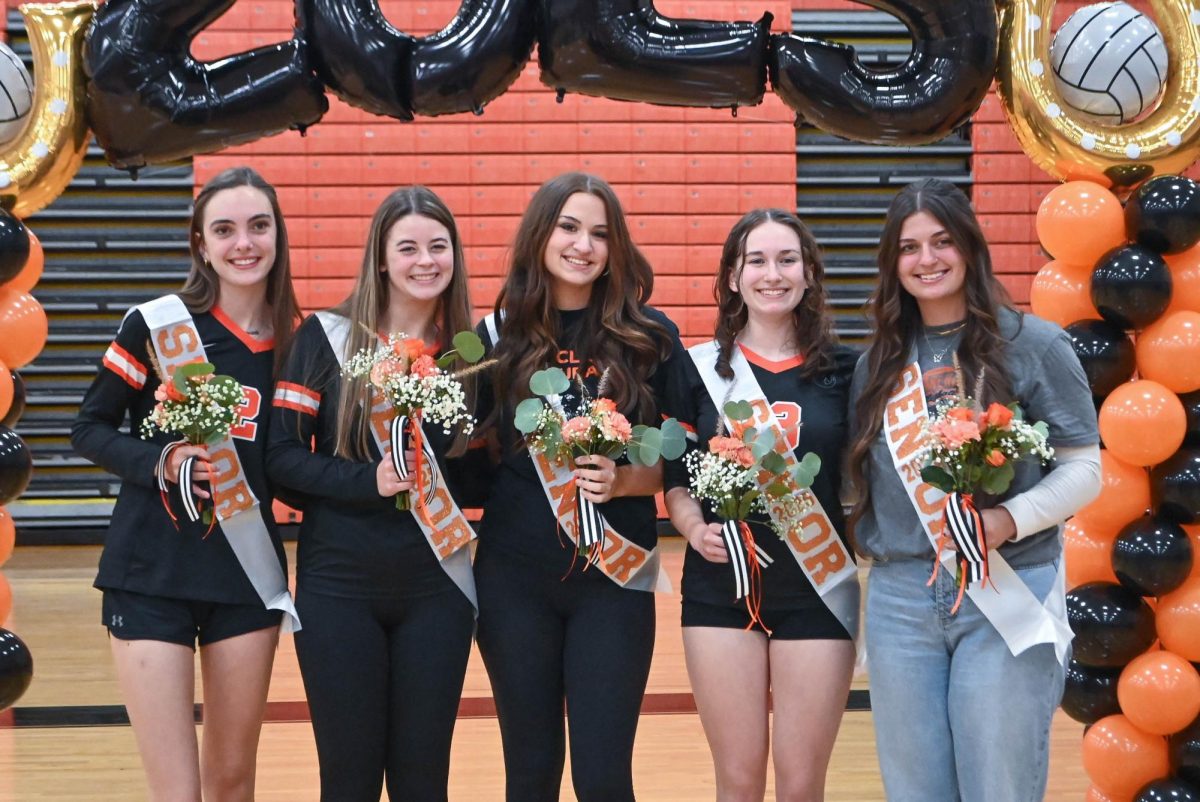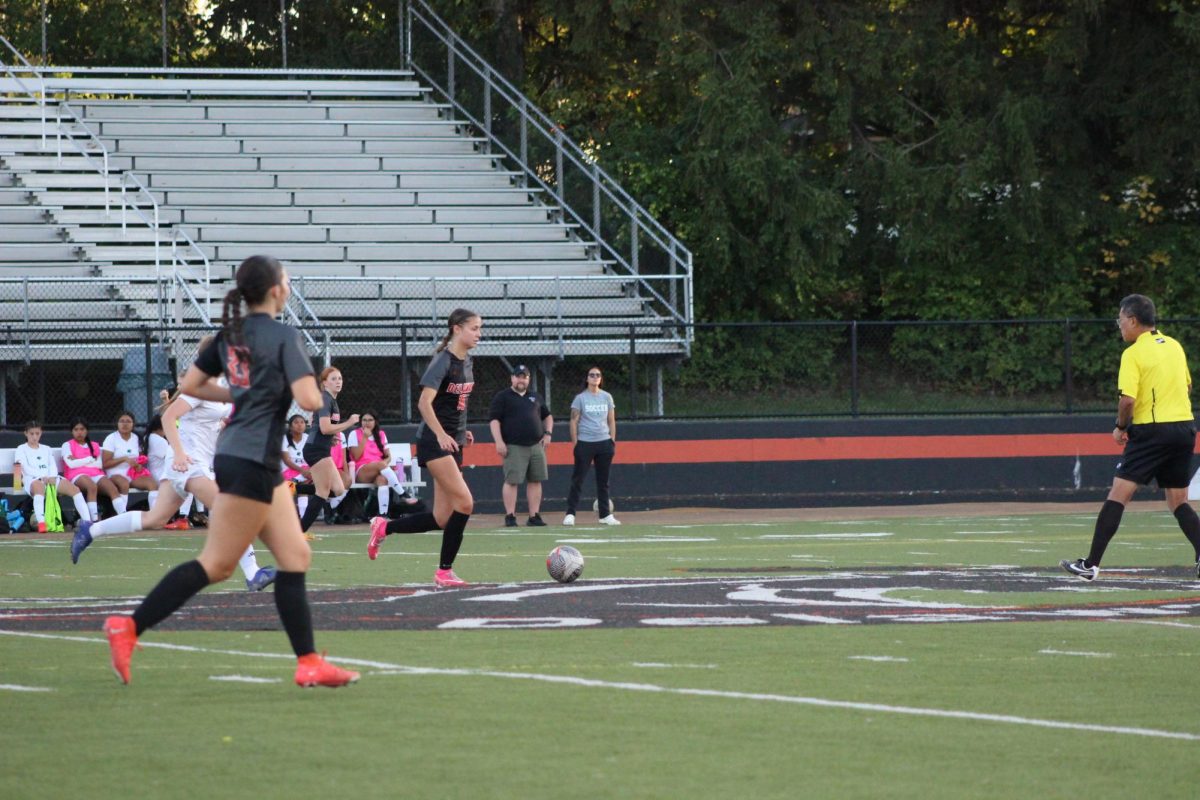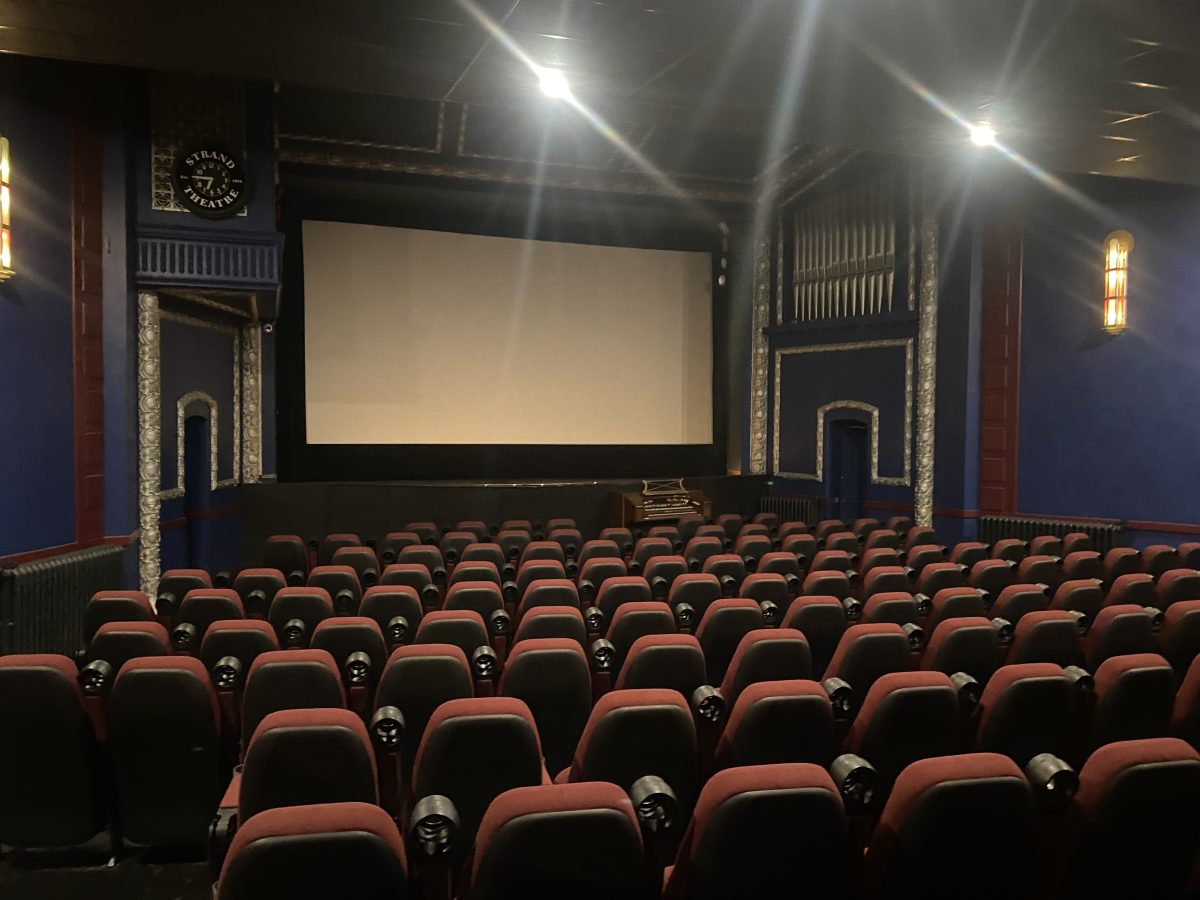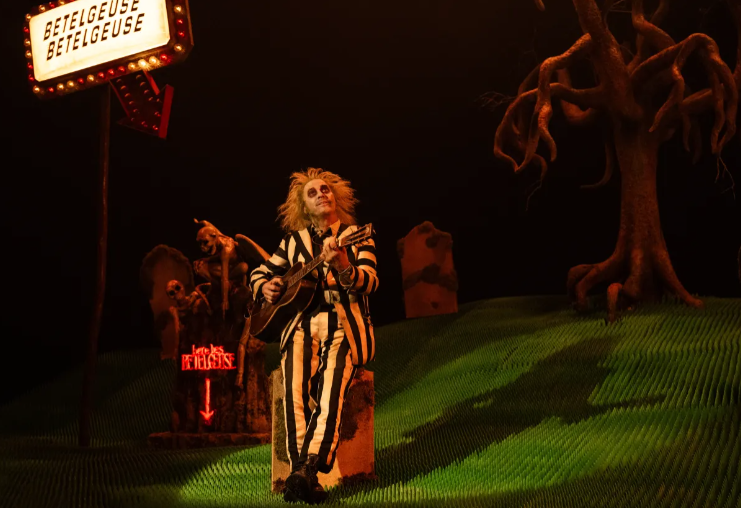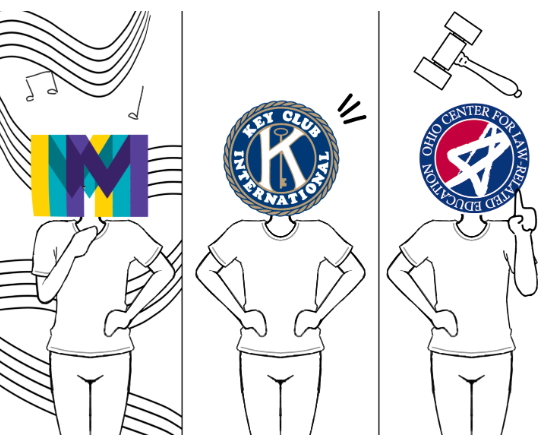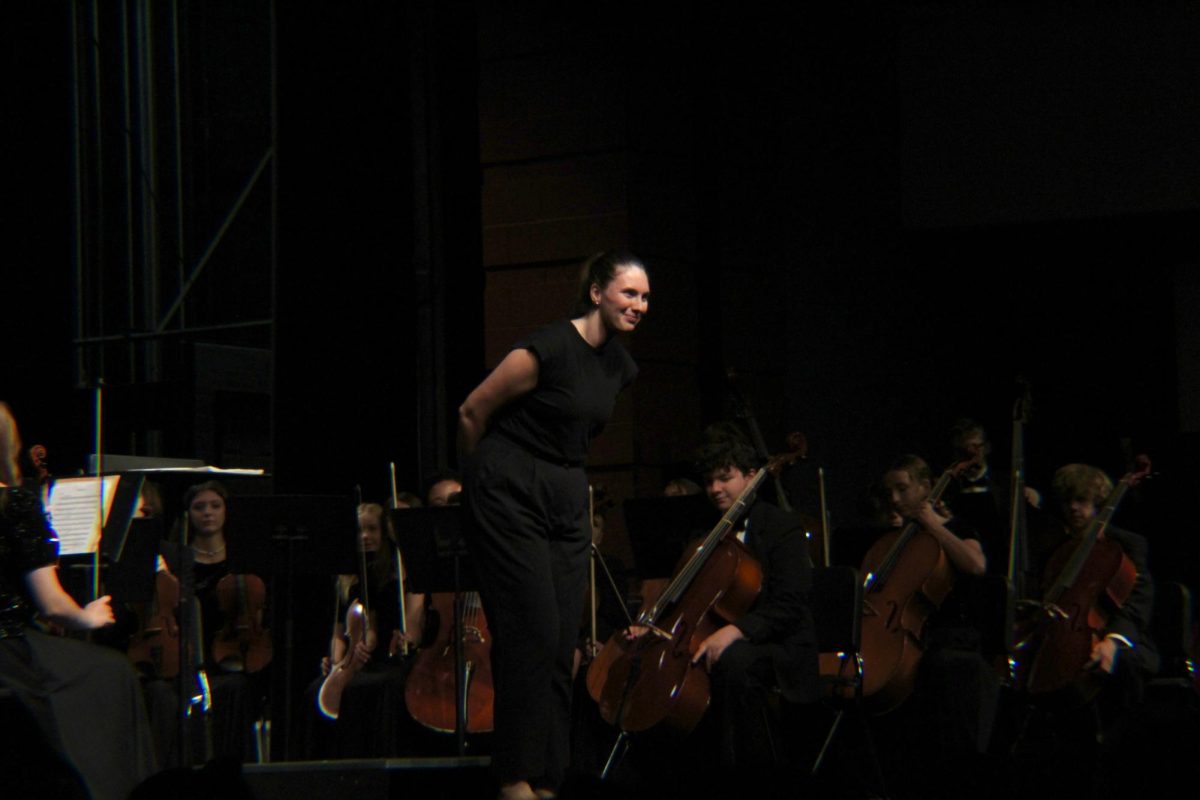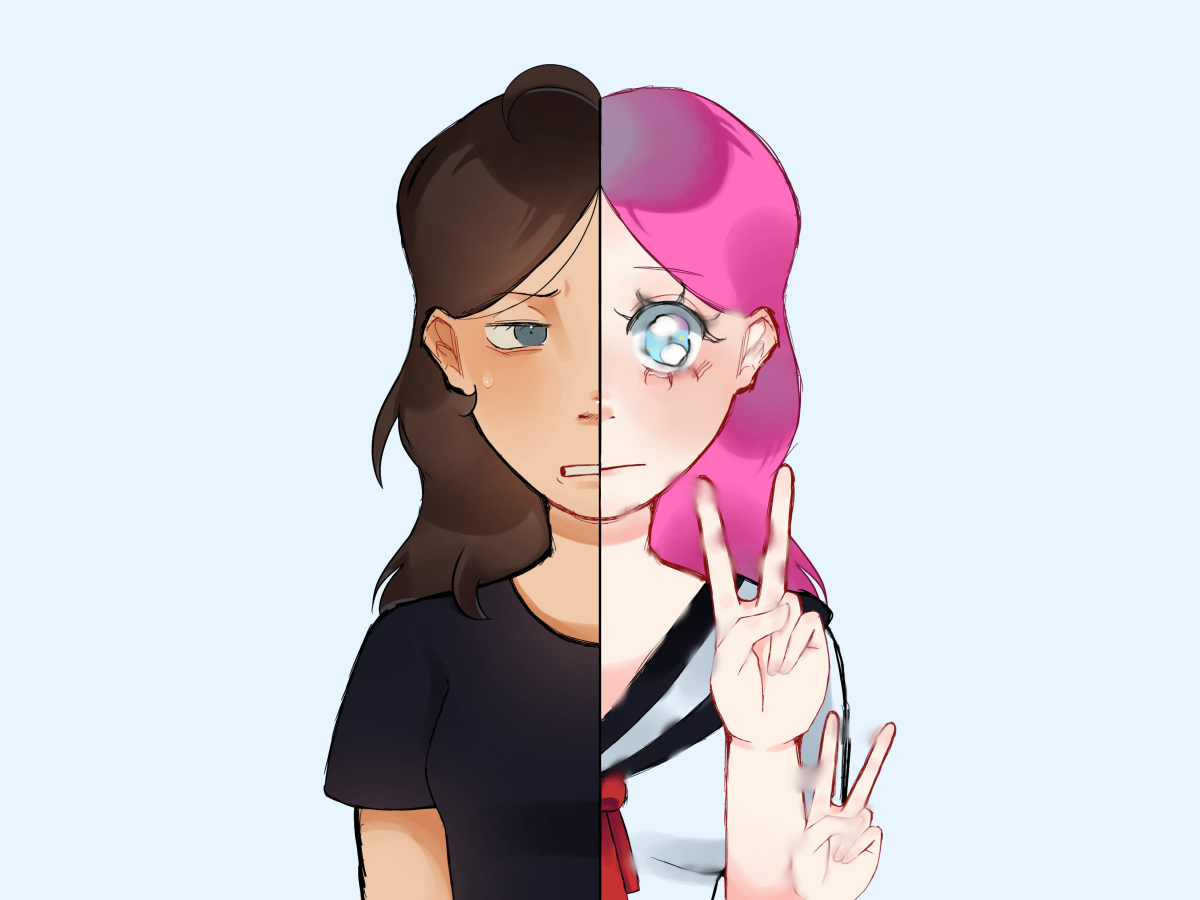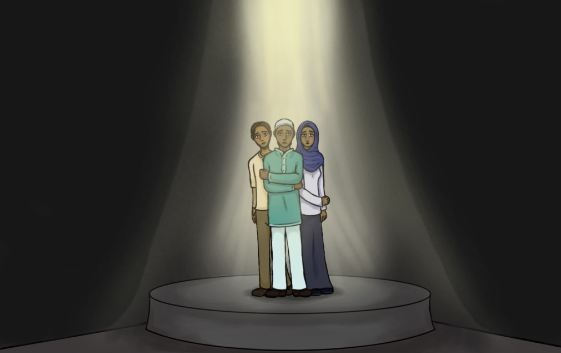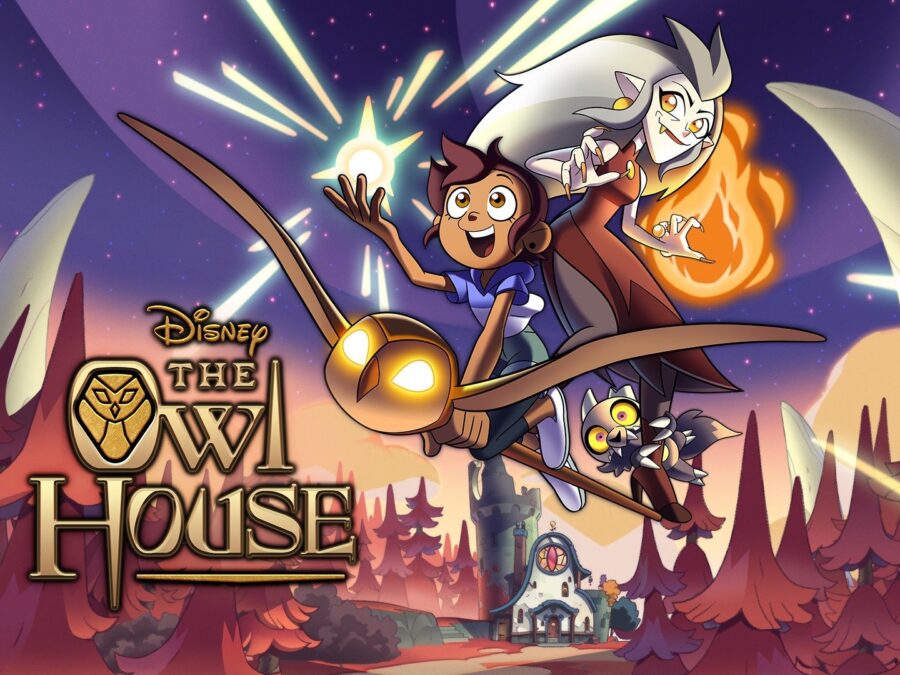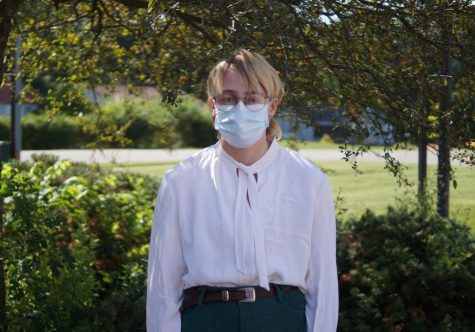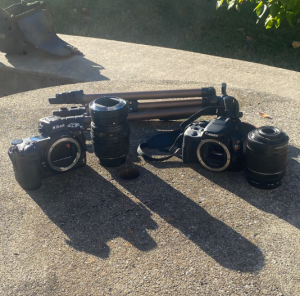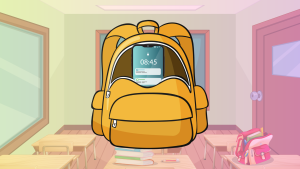“The Owl House” manages to finish strong despite cancellation
Dana Terrace’s The Owl House comes to a close after three seasons.
May 2, 2023
Dana Terrace’s animated television series “The Owl House” released its final episode early this April.
Despite the show being canceled part way through the second season, the cast and crew of “The Owl House” have managed to create a masterpiece.
The show follows fourteen-year-old Luz Noceda, voiced by Sarah-Nicole Robles, who accidentally finds herself in the Demon Realm after following an owl through a portal in an abandoned house. She quickly befriends a grumpy old witch named Eda Clawthorne, voiced by Wendie Malick, and her small…cat? Dog? Whatever he may be, he claims to be the tyrannical King of Demons, and he is voiced by Alex Hirsch.
After choosing to stay in the Demon Realm, living in the Boiling Isles on the rotting corpse of a Titan with Eda and King and studying magic to become a witch, Luz meets a cast of eccentric and diverse characters and gets into all sorts of trouble.
“The Owl House,” being a Disney show, can certainly be enjoyed by young children. But with its complex characters, wry humor, and dark plotlines, its primary audience seems to be teenagers and young adults.
Another draw of “The Owl House” is its diverse characters, many of whom are openly LGBTQ+. LGBTQ+ young people, many of whom may have never seen characters like them on screen as children, now have the opportunity to enjoy a show that positively represents people like them.
The show, despite its popularity, was canceled for supposedly “not matching” Disney’s brand, though some fans speculated that it may have been due to the LGBTQ+ characters and theming. As a result, the story was resolved in an abbreviated 3-episode third season, rather than the full final season that was planned.
The final episodes manage to bring the story to a mostly satisfying conclusion, but a few plot threads and mysteries are left unresolved due to time cuts. Some important scenes feel rushed, and some montages take the place of what were probably originally intended to be full episodes.
However, the smooth fight scenes, better-quality animation, and stunning character redesigns draw attention away from the unfortunate pacing issues.
“The Owl House’s” visuals are nothing special…most of the time. The character designs are simple, and the backgrounds, while pretty, are not anything to write home about, though they do frequently contain visual gags or subtle worldbuilding. However, during important plot beats, the show employs its famous “smooth animation,” as the fanbase has dubbed it, which uses a higher frame rate and cleaner art to capture attention and create some incredible, well-choreographed fight scenes.
The show’s score, like its animation, is good but not amazing. The opening song is unique, and the villain themes, particularly that of the Collector, are immediately recognizable. In later episodes, the opening theme is altered slightly to better match the mood of the show, and a rock version of the theme is occasionally played when the protagonist does anything sufficiently cool.
The place where “The Owl House” really shines, though, is its characters.
This is a show where no one gets forgotten. Even the titular talking bird/house/security system/demon/worm/tube, an inexplicable creature named Hooty with a voice by Alex Hirsch allegedly based on a bad Mickey Mouse impression, gets significant character development, learning to value himself for who he is and to make friends on his own.
Luz, despite appearing on the surface to be a stereotypical cheerful, friendly, sugar-and-spice protagonist, manages to be one of the most interesting characters in the series. Luz is a self-proclaimed nerd, a fan of the “Good Witch Azura” books, and her eclectic tendencies lead to a rift with her mother, who wants her to behave in a manner more in line with social standards.
After the events of Season 2, in which Luz gets separated from her found family, Luz exhibits symptoms of trauma, becoming sullen and quick to anger, placing unfair blame on herself for the suffering of her friends and developing self-destructive tendencies. These issues are only resolved when her mother accepts her for who she is and shows her the support she needs.
Side characters certainly aren’t left off of the character development train either. Eda goes from being a grouchy outlaw to a loving and protective mentor. King begins to figure out who he really is and gains confidence. Luz’s friends, Gus and Willow, and her girlfriend, Amity, as well as Hunter, who is introduced later in the show, also all experience significant personal development.
When discussing characters, though, the antagonists must be mentioned.
Recently, some fans of animation have expressed annoyance at the trend towards non-villains—antagonists who just need to have a good heart-to-heart with the paragon protagonist to learn the error of their ways and magically turn into a completely different person.
“The Owl House” handily dodges this issue by writing not one, but two villains: Emperor Belos, voiced by Matthew Rhys, a genocidal, power-hungry madman absolutely reeking with religious fervor, and The Collector, voiced by Fryda Wolff, who is sometimes described by the fans as an I-Pad kid who happens to have the powers of a god.
“The Owl House” is also often praised for its diverse representation. The story focuses on a bisexual Dominican-American protagonist, who gets a female love interest. Many side characters are also LGBTQ+, ranging from Eda’s ex, the nonbinary Raine Whispers, to Willow’s two dads, to the nameless elderly lesbian couple who frequently appear in crowd shots.
In addition to the positive LGBTQ+ representation, the show also includes many characters who are implied to be neurodivergent, with Luz and Eda showing symptoms of ADHD and some of the other characters, such as Hunter, exhibiting traits of autism. While this is not directly addressed in the show, the feelings of isolation and otherness that are common experiences for neurodivergent children are a focus of the plot.
The show also does an excellent job at focusing on characters of different ages, with the adults and their issues receiving as much importance as the teenagers’. Many of these plotlines focus on Eda, her struggles with her curse, and her relationships with her sister, Lilith, her mother, and Raine.
While the show certainly is not perfect, as some of the episodes feel very “filler”-y and the plot doesn’t really pick up until the end of the first season, it manages to come very close.
“The Owl House” skillfully balances humor, plot, and character focus into a show that is fun, clever, sometimes genuinely creepy, and definitely worth a watch.


